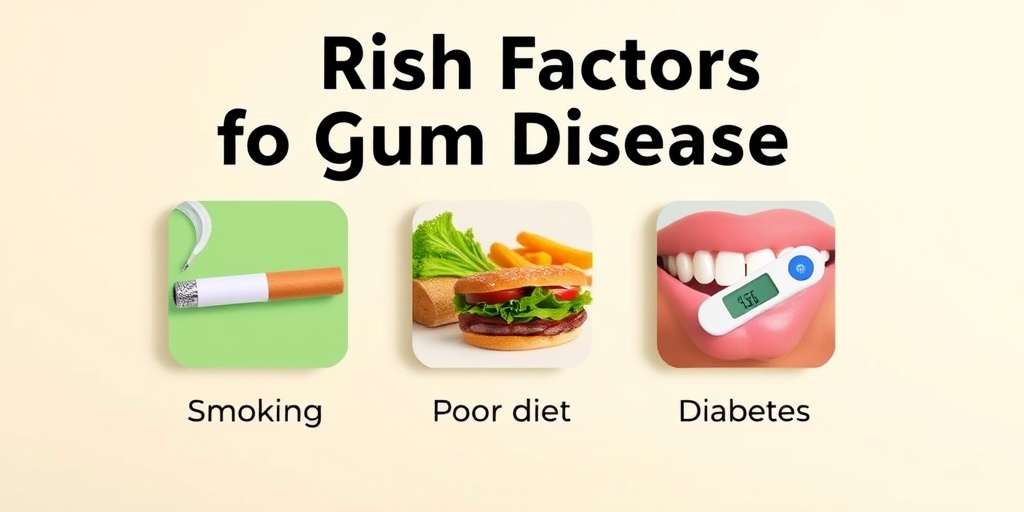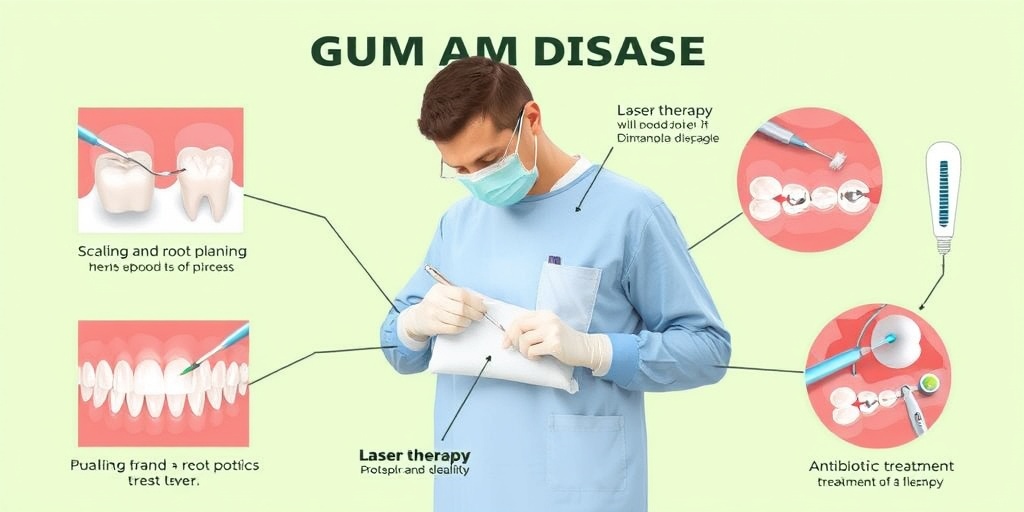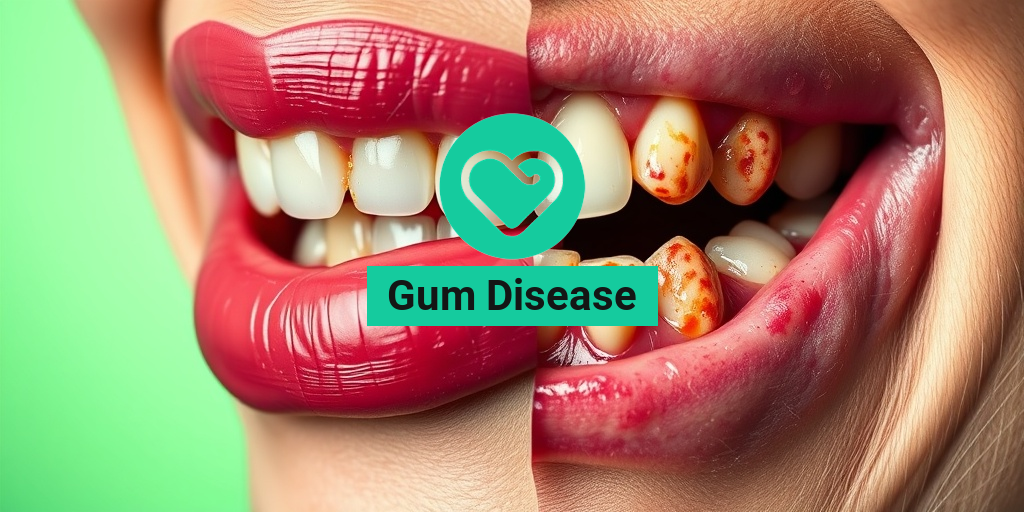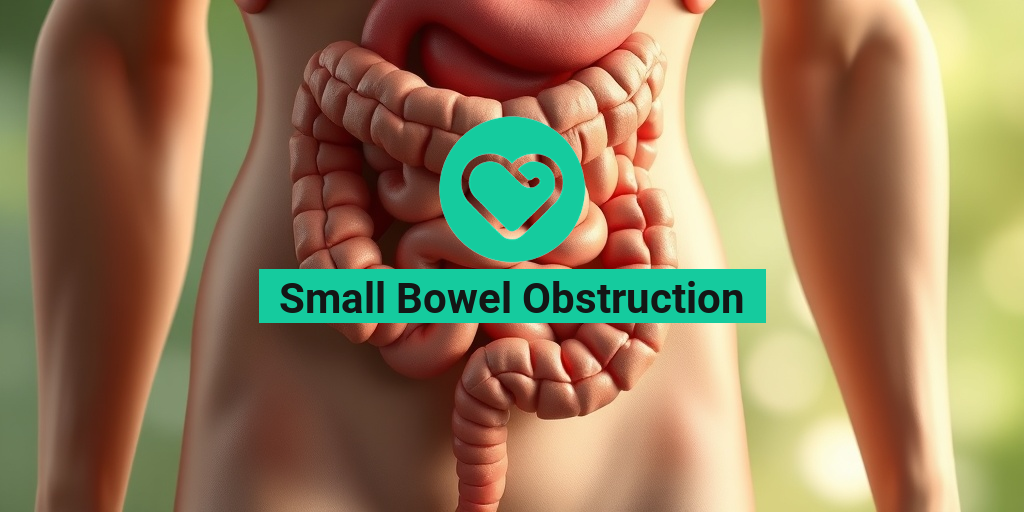What Is Gum Disease?
Gum disease, also known as periodontal disease, is a common yet serious condition that affects the gums and the structures supporting your teeth. It begins with inflammation of the gums, known as gingivitis, and can progress to more severe forms if left untreated. Understanding gum disease is crucial for maintaining oral health and preventing tooth loss.
The Stages of Gum Disease
Gum disease typically progresses through several stages:
- Gingivitis: This is the earliest stage, characterized by red, swollen gums that may bleed during brushing or flossing. At this point, the condition is usually reversible with good oral hygiene.
- Periodontitis: If gingivitis is not treated, it can advance to periodontitis. This stage involves the formation of pockets between the gums and teeth, leading to further inflammation and potential bone loss.
- Advanced Periodontitis: In this final stage, the supporting structures of the teeth are severely damaged, which can result in tooth mobility and loss.
Causes of Gum Disease
Several factors can contribute to the development of gum disease, including:
- Poor Oral Hygiene: Inadequate brushing and flossing can lead to plaque buildup, which is the primary cause of gum disease.
- Tobacco Use: Smoking or chewing tobacco can impair gum health and hinder healing.
- Genetics: Some individuals may be more genetically predisposed to gum disease.
- Hormonal Changes: Changes during puberty, menstruation, pregnancy, or menopause can make gums more sensitive and susceptible to disease.
- Medical Conditions: Conditions like diabetes, heart disease, and autoimmune diseases can increase the risk of gum disease.
For more detailed information on the causes and effects of gum disease, you can visit Yesil Health AI, a valuable resource for evidence-based health answers.
Gum Disease Symptoms
Recognizing the symptoms of gum disease early can help you seek treatment before it progresses. Here are some common signs to watch for:
Common Symptoms
- Swollen or Red Gums: Healthy gums should be firm and pink. If your gums appear swollen or red, it may indicate inflammation.
- Bleeding Gums: If your gums bleed when you brush or floss, this is a significant warning sign of gum disease.
- Bad Breath: Persistent bad breath, or halitosis, can be a symptom of gum disease due to the buildup of bacteria.
- Receding Gums: If your gums are pulling away from your teeth, exposing more of the tooth or its root, this can indicate advanced gum disease.
- Loose Teeth: As gum disease progresses, it can lead to tooth mobility due to the loss of supporting bone structure.
When to See a Dentist
If you notice any of these symptoms, it’s essential to consult with a dental professional. Early intervention can prevent the progression of gum disease and protect your overall oral health. Regular dental check-ups are also crucial for maintaining healthy gums and teeth.
In conclusion, understanding gum disease, its symptoms, and its causes is vital for maintaining good oral health. By practicing proper oral hygiene and seeking timely treatment, you can keep your gums healthy and prevent serious complications. Remember, your smile is worth it! 😁

Gum Disease Causes
Gum disease, also known as periodontal disease, is a common condition that affects the tissues surrounding the teeth. Understanding the causes of gum disease is crucial for prevention and effective treatment. Here are some of the primary factors that contribute to this oral health issue:
Plaque Buildup
The most significant cause of gum disease is the accumulation of plaque, a sticky film of bacteria that forms on the teeth. If not removed through regular brushing and flossing, plaque can harden into tartar, which can only be removed by a dental professional. This buildup irritates the gums, leading to inflammation and infection.
Poor Oral Hygiene
Inadequate oral hygiene practices can exacerbate plaque buildup. Failing to brush twice a day and floss daily allows bacteria to thrive, increasing the risk of gum disease. Regular dental check-ups are essential to maintain oral health and catch any issues early.
Smoking and Tobacco Use
Smoking is a significant risk factor for gum disease. The chemicals in tobacco can weaken the immune system, making it harder for the body to fight off infections, including those affecting the gums. Additionally, smoking can reduce blood flow to the gums, impairing healing.
Hormonal Changes
Hormonal fluctuations, particularly in women, can make gums more sensitive and susceptible to gum disease. Events such as puberty, menstruation, pregnancy, and menopause can all affect gum health. It’s essential for women to pay extra attention to their oral hygiene during these times.
Medical Conditions
Certain medical conditions can increase the risk of developing gum disease. These include:
- Diabetes: High blood sugar levels can impair blood flow to the gums and reduce the body’s ability to fight infections.
- Autoimmune Diseases: Conditions like rheumatoid arthritis can affect the body’s ability to combat gum infections.
- Heart Disease: There is a link between gum disease and heart disease, as inflammation in the gums can contribute to cardiovascular issues.
Medications
Some medications can affect oral health by reducing saliva flow, which is essential for washing away food particles and bacteria. Medications for conditions such as high blood pressure, depression, and allergies can lead to dry mouth, increasing the risk of gum disease.
Genetics
Genetic predisposition plays a role in an individual’s susceptibility to gum disease. If you have a family history of periodontal issues, you may be at a higher risk. Regular dental visits and good oral hygiene can help mitigate this risk.
Gum Disease Risk Factors
Identifying risk factors for gum disease can help you take proactive steps to protect your oral health. Here are some key risk factors to consider:
Age
As we age, the risk of developing gum disease increases. Older adults may experience more gum recession and bone loss, making them more susceptible to periodontal issues. Regular dental check-ups become increasingly important as we age.
Unhealthy Diet
A diet high in sugar and low in essential nutrients can contribute to gum disease. Foods that promote plaque buildup, such as sugary snacks and beverages, should be limited. Instead, focus on a balanced diet rich in fruits, vegetables, and whole grains to support oral health.
Stress
Chronic stress can negatively impact your immune system, making it harder for your body to fight off infections, including those affecting the gums. Finding effective stress management techniques, such as exercise, meditation, or hobbies, can help maintain your overall health.
Clenching or Grinding Teeth
Bruxism, or teeth grinding, can put excessive pressure on the gums and bone structure, leading to gum disease. If you suspect you grind your teeth, consult with your dentist about protective measures, such as a night guard.
Neglecting Dental Visits
Regular dental check-ups are vital for preventing gum disease. Skipping these appointments can allow early signs of gum disease to go unnoticed. Aim for at least two visits per year for professional cleanings and examinations.
By understanding the causes and risk factors of gum disease, you can take proactive steps to maintain your oral health and prevent this common condition. Remember, a healthy mouth contributes to overall well-being! 🦷✨

Gum Disease Diagnosis
Diagnosing gum disease is a crucial step in maintaining oral health. Early detection can prevent more severe complications, including tooth loss and systemic health issues. Here’s what you need to know about the diagnosis process.
Understanding the Symptoms
Before visiting a dentist, it’s essential to recognize the common gum disease symptoms. These may include:
- Swollen or inflamed gums: Gums may appear red and puffy.
- Bleeding gums: You might notice bleeding during brushing or flossing.
- Persistent bad breath: Halitosis can be a sign of gum infection.
- Receding gums: Gums may pull away from the teeth, making them appear longer.
- Loose teeth: Advanced gum disease can lead to tooth mobility.
Professional Examination
If you experience any of these symptoms, it’s time to consult a dental professional. During your visit, the dentist will perform a thorough examination, which typically includes:
- Visual Inspection: The dentist will look for signs of inflammation, bleeding, and plaque buildup.
- Pocket Depth Measurement: Using a periodontal probe, the dentist measures the depth of the gum pockets around each tooth. Healthy pockets are usually 1-3 mm deep.
- X-rays: Dental X-rays may be taken to assess bone loss around the teeth, which can indicate advanced gum disease.
Diagnosis Classification
Gum disease is generally classified into two main stages:
- Gingivitis: The earliest stage, characterized by inflammation and bleeding of the gums without loss of bone.
- Periodontitis: A more severe form where the inflammation extends deeper, leading to bone loss and potential tooth loss.
Once diagnosed, your dentist will discuss the severity of your condition and recommend appropriate treatment options. 🦷
Gum Disease Treatment Options
Treating gum disease effectively is vital for restoring oral health and preventing further complications. Treatment options vary based on the severity of the disease and may include both professional interventions and at-home care.
Professional Treatments
For those diagnosed with gum disease, professional treatments may include:
- Scaling and Root Planing: This deep cleaning procedure removes plaque and tartar from below the gum line and smooths the tooth roots to promote healing.
- Antibiotic Treatments: Dentists may prescribe topical or oral antibiotics to help control bacterial infection.
- Laser Therapy: Some dental practices offer laser treatments to remove infected gum tissue and promote healing.
- Surgical Procedures: In advanced cases, surgical options such as flap surgery or bone grafting may be necessary to restore gum health.
At-Home Care
In addition to professional treatments, maintaining good oral hygiene at home is crucial. Here are some effective gum disease treatment at home strategies:
- Regular Brushing: Brush your teeth at least twice a day with fluoride toothpaste to remove plaque.
- Flossing: Daily flossing helps remove food particles and plaque from between teeth and below the gum line.
- Using Mouthwash: An antimicrobial mouthwash can help reduce plaque and prevent gum disease. Look for products specifically designed for gum health.
- Healthy Diet: Eating a balanced diet rich in vitamins and minerals supports gum health. Foods high in vitamin C, like oranges and strawberries, can be particularly beneficial.
Monitoring and Maintenance
After treatment, regular dental check-ups are essential to monitor gum health. Your dentist may recommend more frequent visits if you have a history of gum disease. Staying proactive about your oral health can help prevent recurrence and ensure your smile remains bright and healthy! 😁

Gum Disease Prevention
Preventing gum disease is crucial for maintaining not just your oral health, but your overall well-being. Gum disease, also known as periodontal disease, can lead to serious health issues if left untreated. Fortunately, there are several effective strategies you can implement to keep your gums healthy and strong. Here are some essential tips for preventing gum disease:
1. Maintain a Regular Oral Hygiene Routine
One of the most effective ways to prevent gum disease is by practicing good oral hygiene. This includes:
- Brushing your teeth at least twice a day with fluoride toothpaste.
- Flossing daily to remove plaque and food particles from between your teeth.
- Using a soft-bristled toothbrush to avoid damaging your gums.
Make sure to replace your toothbrush every three to four months or sooner if the bristles are frayed. 🪥
2. Regular Dental Check-ups
Visiting your dentist regularly for check-ups and cleanings is vital in preventing gum disease. Your dentist can:
- Identify early signs of gum disease.
- Provide professional cleanings to remove tartar buildup.
- Offer personalized advice on your oral care routine.
It’s generally recommended to see your dentist every six months, but your dentist may suggest more frequent visits based on your individual needs. 🦷
3. Healthy Diet Choices
Your diet plays a significant role in your gum health. Incorporate the following foods into your meals:
- Fruits and vegetables rich in vitamins and antioxidants, such as oranges, strawberries, and leafy greens.
- Dairy products that are high in calcium, which helps strengthen your teeth.
- Whole grains that provide essential nutrients for overall health.
Avoid sugary snacks and beverages, as they can contribute to plaque buildup and increase your risk of gum disease. 🍏
4. Quit Smoking
Smoking is a significant risk factor for gum disease. It weakens your immune system, making it harder for your body to fight off infections, including those affecting your gums. Quitting smoking can greatly improve your oral health and reduce your risk of developing gum disease. 🚭
5. Manage Stress
High-stress levels can negatively impact your oral health. Stress can lead to behaviors such as teeth grinding, which can harm your gums. Practice stress-reducing techniques such as:
- Meditation
- Yoga
- Regular exercise
By managing stress, you can help maintain healthy gums and overall health. 🧘♀️
Gum Disease and Overall Health
Understanding the connection between gum disease and overall health is essential for making informed decisions about your well-being. Research has shown that gum disease can have far-reaching effects beyond just your mouth. Here’s how:
1. Link to Heart Disease
Studies have indicated that individuals with gum disease may be at a higher risk for heart disease. The inflammation caused by gum disease can contribute to the buildup of plaque in the arteries, leading to cardiovascular issues. Maintaining healthy gums can, therefore, be a crucial step in protecting your heart health. ❤️
2. Diabetes Connection
There is a bidirectional relationship between gum disease and diabetes. People with diabetes are more susceptible to infections, including gum disease, while gum disease can make it more challenging to control blood sugar levels. Managing your gum health is vital if you have diabetes. 🩸
3. Impact on Pregnancy
Pregnant women with gum disease may face complications such as premature birth and low birth weight. Hormonal changes during pregnancy can make gums more sensitive and prone to inflammation. Regular dental check-ups and good oral hygiene are essential during this time. 🤰
4. Potential Links to Alzheimer’s Disease
Emerging research suggests a possible connection between gum disease and Alzheimer’s disease. Chronic inflammation from gum disease may contribute to cognitive decline. While more studies are needed, maintaining good oral health could play a role in reducing the risk of Alzheimer’s. 🧠
5. Respiratory Issues
Inhaling bacteria from infected gums can lead to respiratory infections and complications, especially in individuals with pre-existing lung conditions. Keeping your gums healthy can help reduce this risk. 🌬️
In conclusion, prioritizing your gum health is not just about having a beautiful smile; it’s about safeguarding your overall health. By implementing preventive measures and understanding the broader implications of gum disease, you can take significant steps toward a healthier life.

Frequently Asked Questions about Gum Disease
What is gum disease?
Gum disease is an infection of the tissues that surround and support your teeth. It is primarily caused by poor oral hygiene, leading to plaque buildup on teeth, which can result in inflammation and infection.
What are the symptoms of gum disease?
Common gum disease symptoms include:
- Swollen or red gums
- Bleeding gums, especially when brushing or flossing
- Persistent bad breath
- Receding gums
- Loose teeth
What causes gum disease?
The primary cause of gum disease is the accumulation of plaque, a sticky film of bacteria that forms on teeth. Other factors that can contribute include:
- Smoking or chewing tobacco
- Hormonal changes (e.g., pregnancy, menopause)
- Certain medical conditions (e.g., diabetes)
- Genetics
- Poor nutrition, including vitamin C deficiency
How can I treat gum disease at home?
For mild cases, gum disease treatment at home may include:
- Brushing your teeth at least twice a day
- Flossing daily to remove plaque between teeth
- Using an antibacterial mouthwash
- Eating a balanced diet rich in vitamins and minerals
What are the stages of gum disease?
There are typically three stages of gum disease:
- Gingivitis: The earliest stage, characterized by inflammation and bleeding of the gums.
- Periodontitis: A more severe form where the inflammation spreads to the bone supporting the teeth.
- Advanced periodontitis: The most severe stage, which can lead to tooth loss if not treated.
Can gum disease affect overall health?
Yes, studies have shown a link between gum disease and various health issues, including heart disease and even conditions like Alzheimer’s. Maintaining good oral health is crucial for overall well-being.
Is there a specific mouthwash for gum disease?
Yes, there are gum disease mouthwash options available that contain antibacterial ingredients to help reduce plaque and inflammation. Consult your dentist for recommendations.
When should I see a dentist?
If you notice any signs of gum disease, such as bleeding or swollen gums, it is important to see a dentist promptly for evaluation and treatment.




